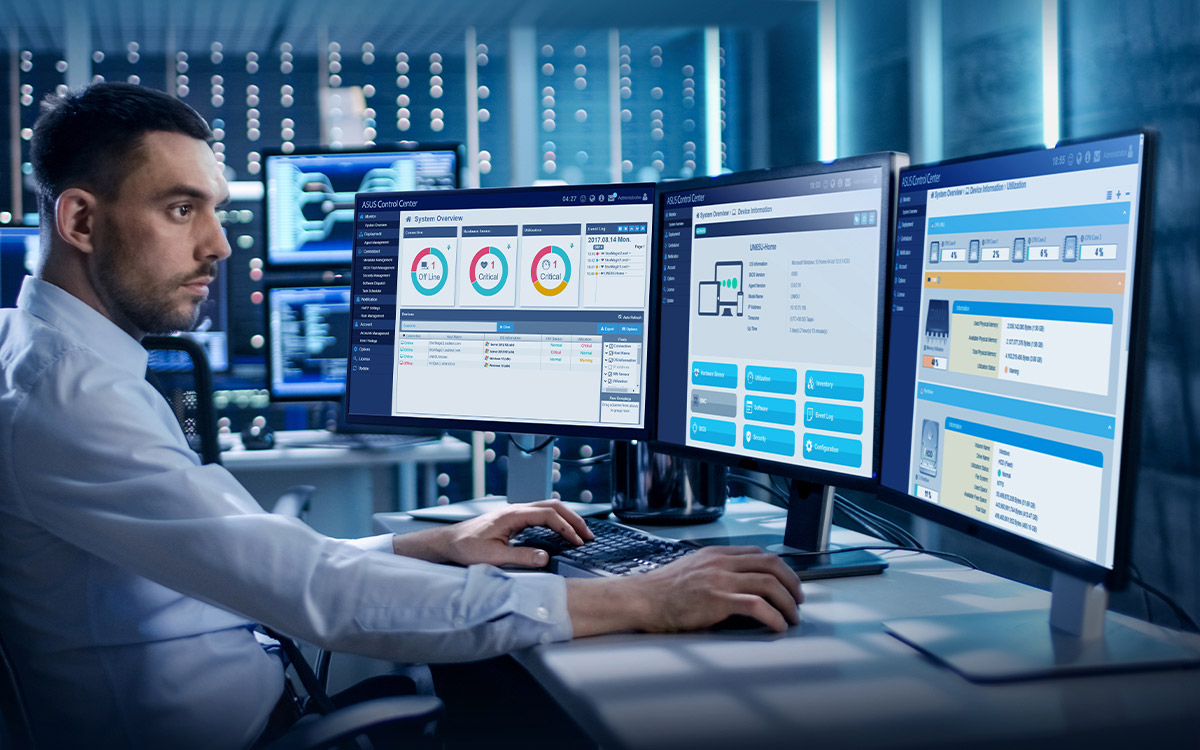In the rapidly evolving world of digital commerce, Headless Commerce is becoming a buzzword for its revolutionary approach to online sales platforms. Unlike traditional e-commerce systems, where the frontend and backend are tightly coupled, headless commerce separates the user interface from the backend, offering unparalleled flexibility and control over the shopping experience.
Understanding the Core of Headless Commerce
Headless Commerce primarily operates through APIs, which allow the frontend (or the “head”) to operate independently of the backend. This architecture not only enhances the site’s performance but also significantly improves the site’s integration capabilities with various marketing tools, analytics, and other systems.
By decoupling the frontend and backend, businesses can utilize any technology to craft the frontend experience without being restricted by the platform’s capabilities. This separation facilitates easier updates and faster deployments, which is crucial in today’s fast-paced market environments.
The Benefits of Flexibility and Customization
One of the most significant advantages of Headless Commerce is its flexibility. Businesses can create unique customer experiences tailored to their specific needs without being constrained by predefined templates or layouts. Additionally, the ability to customize every aspect of the user interface lets companies stand out in a crowded marketplace.
Customization extends beyond mere aesthetics. It includes the integration of advanced features like AI-driven recommendations, personalized content, and interactive media, all of which can be managed more efficiently through a headless approach.
Seamless Integration Capabilities
The use of APIs in Headless Commerce ensures that the platform can seamlessly connect with various external systems and services. This integration capability allows for a more cohesive technology ecosystem, enhancing everything from supply chain management to customer relationship management and beyond.
Moreover, the API-driven approach means that businesses can easily adapt to new technologies and market trends without overhauling their entire system, thereby saving time and reducing costs associated with maintaining an e-commerce platform.
Is Headless Commerce Right for Your Business?
Choosing to adopt Headless Commerce depends largely on your business needs. It is particularly beneficial for enterprises that require a high level of customization and scalability to handle complex operations and large volumes of traffic. Moreover, businesses looking for agility in their e-commerce strategy—being able to quickly adapt and deploy new features—will find headless commerce an ideal solution.
However, it’s important to consider the initial investment in technology and expertise required to set up a headless commerce architecture. For companies with less complex needs or those just starting out, a traditional e-commerce platform might be more suitable.
Ultimately, the decision should align with your long-term digital strategy and customer engagement goals. Consulting with IT and e-commerce specialists can provide deeper insights into whether headless commerce is the right fit for your organization.
If you are ready to take your e-commerce to the next level and enjoy the benefits of Headless Commerce, consider registering on our SmartEcomSuite. This platform offers robust tools and services designed to leverage the power of headless commerce effectively. Don’t wait to revolutionize your e-commerce business. Register now and start transforming your digital commerce experience!




